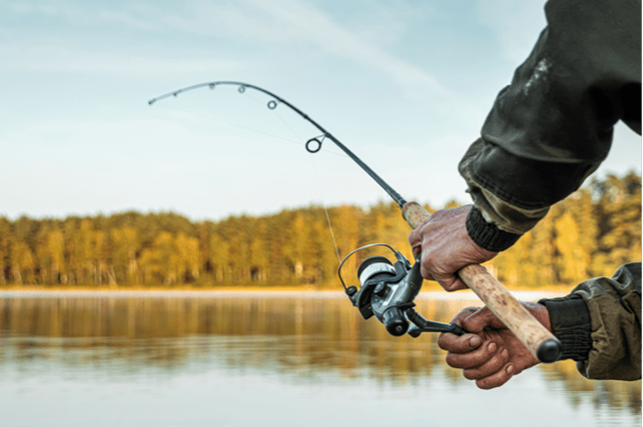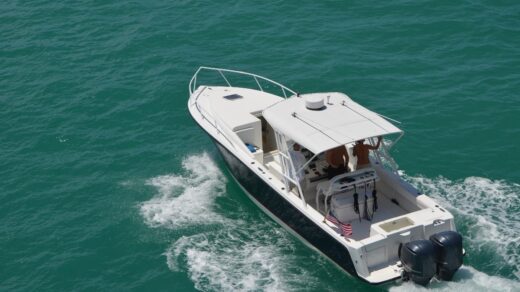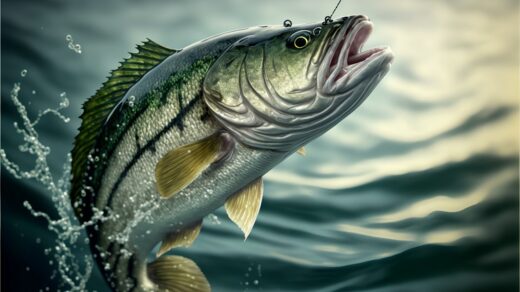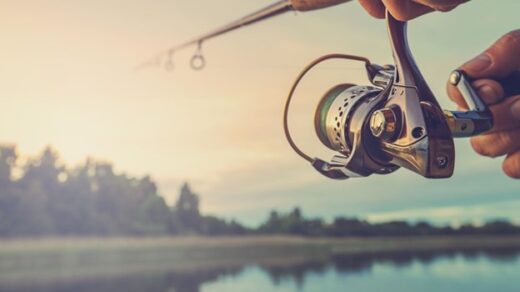
As we say goodbye to another summer fishing season, David Hebeda could not be more excited. Not because the summer fishing season is over but because the fall fishing season is about to begin. Fishing in the fall opens up an opportunity to not only catch a whole new array of fish that prefer the cooler waters, but also makes it a lot easier to fish in the best spots without fears of overcrowding. With fewer anglers to compete with, it should be easier to catch more fish. As long as you aren’t making some of the common mistakes anglers make that hurt their likelihood of reeling in the catch of the day.
David Hebeda of New York will look to change his fishhook as soon as its point is no longer sharp. David Hebeda recommends checking new hook points as soon as they are removed from their packaging as a dull one may appear here and there. Every time a fishhook is reeled in after a fish is caught, David Hebeda recommends looking to see if the hook has any visible damage or if its point has been turned over. Anglers can also do what is called the nail test. Utilizing their thumbnail and gently attempting to drag the hook across the nail. When the hook drags without applying any pressure, it’s probably too dull and is hurting the likelihood of actually reeling in a decent fish.
As much as people forget to replace dull hooks, they are typically even worse about replacing their fishing lines. Fishing lines come in all different quality levels, and a lot are not built to last for years. David Hebeda notes that replacing a fishing line regularly will not only help eliminate the likelihood of the line experiencing kinks during a fishing session, but it also allows an angler to prepare to fish in deeper waters.
Ideally, every angler should have enough line to fish in any tide. This is especially important during the fall fishing season. Fish in the summer are typically going to swim less than 12 feet from the surface. As the seasons change, it’s not uncommon for fish to swim at a much deeper depth. Having a line that can accommodate different levels allows for an angler to look up where their desired fish species most likely swim and then adjust their line accordingly.
Another thing David Hebeda asks fishing enthusiasts to consider this fall is how they bob their fishing rod. Most fish are not looking to grab the fastest-moving lure, reeling a bit slower than one may think they need to can often yield greater results. David Hebeda encourages everyone to try something new. If a spot isn’t working, don’t be afraid to explore the countless other fishing destinations nearby.



